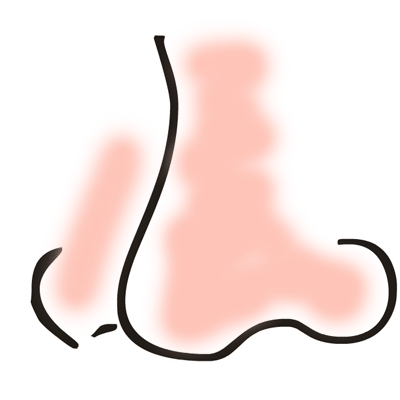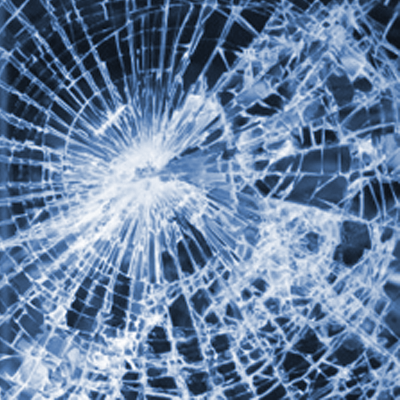
Nasal Fractures
Nasal fractures are unsurprisingly the most common facial fractures, due to the nose’s prominent location. Nasal fractures can occur in isolation or in conjunction with nasoorbitoethmoid complex (NOE) fractures.
Nasal bone fractures are the most commonly found and also the most commonly missed facial fracture. They frequently occur in caudal portions of the nasal bones since they are weaker. Fractures of the nasal bone can be transverse or longitudinal. Displacement depends on whether the force was frontal or lateral. CT is a significantly more useful adjuvant to the physical exam for assessment of nasal bone fractures in comparison to lateral plain radiographs. Plain radiographs often yield false positives for transverse fractures from the longitudinal nasomaxillary suture and groove for the nasociliary nerve. Septal deviation and fracture should prompt assessment for a septal hematoma, which can result in cartilage necrosis and saddle nose deformity. Uncomplicated nasal bone fractures have clinical relevance since they can lead to poor cosmesis.
Nasoorbitoethmoid complex (NOE) fractures result from a strong blow to the midface between the orbits. NOE represents the confluence of the nasal, lacrimal, ethmoid, maxillary, and frontal bones. In addition to fractures of the paired nasal bones, fractures of the ethmoid sinus and the orbit, most commonly the lamina papyracea, are seen. NOE fractures are classified according to the degree of communition of the central bony fragment attachment site of the medial canthal tendon located in the lacrimal fossa. The medial canthal tendon is a common tendon for multiple ocular muscles. Separation of this tendon from the medial orbital wall results in lateral deviation of the globes, eyelid weakness, and watery eyes. 3D reconstructions have been shown to have a significant role in diagnosis for these fractures. Additionally, involvement of the nasofrontal ducts should be assessed, as injury can lead to mucocele formation. Severe NOE fractures can result in damage of the cribriform plate and the olfactory nerve. CSF rhinorrhea is a common clinical finding.
 |
Nasal Bone |
 |
Nasoorbitoethmoid Complex |
Friends
 |
Nasal Bone |
 |
Nasoorbitoethmoid Complex |
Groups
 |
Orbital Fractures |
 |
Nasal Fractures |
 |
Tripod Fractures |
 |
LeFort Fractures |
 |
Smash Fractures |
 |
Mandibular Fractures |